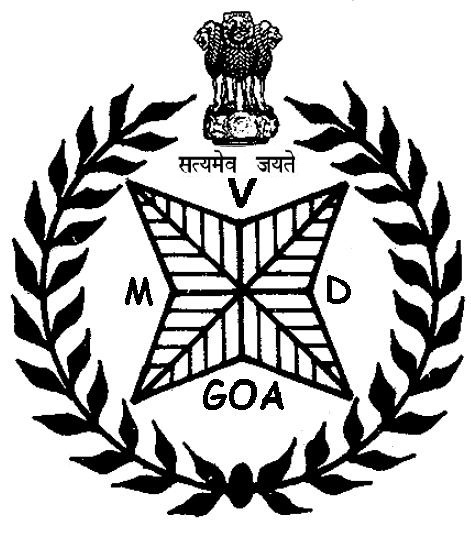In 1966, the first emission test cycle was enacted in the State of California measuring tailpipe emissions in PPM (parts per million).
Motor vehicle manufacturers have been required to meet increasingly stringent new vehicle air pollution standards. But vehicles that are poorly maintained or that have malfunctioning emission controls often emit pollution at levels exceeding these standards. Even seemingly minor malfunctions can cause increased emissions. Major malfunctions can cause emissions to skyrocket by hundreds of times beyond vehicle standards. Even though cars having malfunctioning emissions controls comprise a small portion of the fleet, they can have dramatically higher emissions. Drivers typically don't think of their own vehicle as a significant source of air pollution, but cars and trucks collectively are the single greatest contributor in this country to carbon monoxide pollution and to ground-level ozone, or smog. In our more polluted cities, vehicles contribute between 35 and 70 percent of ozone-forming emissions and 90 percent or more of carbon monoxide emissions. Ambient concentrations of one or both of these pollutants exceed national air quality standards in virtually every major urban area of the country.
Substantial reductions in vehicle emissions are essential in our cities' struggle to achieve clean air. PUC check programs can significantly reduce vehicle-related ozone-forming and carbon monoxide emissions. A comprehensive PUC check program can also yield substantial reductions in nitrogen oxide emissions.
Emissions that are principal pollutants of concern include
A class of burned or partially burned fuel, hydrocarbons are toxins. Hydrocarbons are a major contributor to smog, which can be a major problem in urban areas. Prolonged exposure to hydrocarbons contributes to asthma, liver disease, lung disease, and cancer.
A product of incomplete combustion, carbon monoxide reduces the blood's ability to carry oxygen; overexposure (carbon monoxide poisoning) may be fatal. Carbon Monoxide poisoning is a killer in high concentrations.
Generated when nitrogen in the air reacts with oxygen at the high temperature and pressure inside the engine. It destroys resistance to respiratory infection. NOx production is increased when an engine runs at its most efficient (i.e. hottest) part of the cycle
A general term for oxides of sulfur, which are emitted from motor vehicles burning fuel containing sulfur.
Organic compounds which typically have a boiling point less than or equal to 250 °C; for example chlorofluorocarbons (CFCs) and formaldehyde. Volatile organic compounds are a subsection of Hydrocarbons that are mentioned separately because of their dangers to public health.
Declaration: PUCC logo and Trade mark owned by PUCC. PUCC, Online vehicle pollution test (PUC Test) web based application is owned by PUCC. PUCC reserves the right to amend or modify web application at any time, as and when the need arises. We request you to visit our website periodically for contemporary information and changes.



